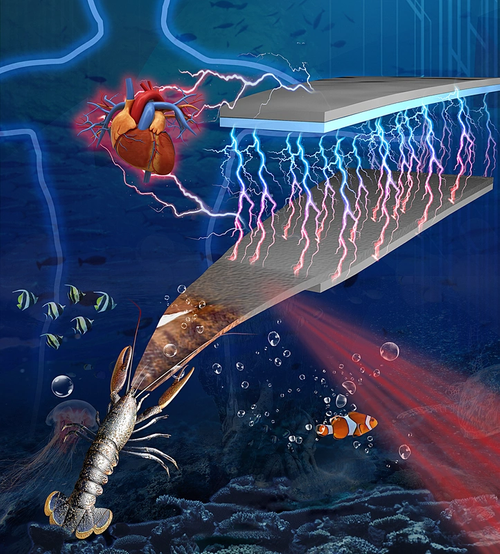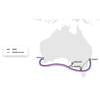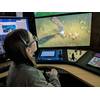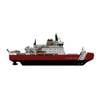Device Turns Shells of Sea Creatures Into Power

A Purdue team is transforming shrimp shell material into a functional device for generating electricity. (Image: Purdue University)
An innovation using material derived from the shells of crabs and other sea creatures may soon provide a new option for powering medical sensors, phone screens and other devices.
A team from Purdue University used chitosan – an abundant natural biopolymer from marine crustacean shells – to create triboelectric nanogenerators. TENGs help conserve mechanical energy and turn it into power.
“We have taken an innovative approach to using typically wasted shell material and turned it into functional, self-powered devices,” said Wenzhuo Wu, the Ravi and Eleanor Talwar Rising Star Assistant Professor of industrial engineering in Purdue’s College of Engineering, who led the development team.
The chitosan-based TENGs present efficient energy conversion performance and tunable biodegradation rate.
“Such a new class of TENGs derived from natural biomaterials may pave the way toward the economically viable and ecologically friendly production of flexible TENGs for self-powered nanosystems in biomedical and environmental applications,” Wu said.
Wu said the technology can be useful for medical sensors to monitor the activity of the heart or brain, or to help with touchscreen technologies on medical devices or cellphones. He said the TENG innovation also has applications for virtual and augmented reality technologies, as the Purdue innovation can detect body movement and turn the mechanical energy into electrical energy.
The team worked with the Purdue Research Foundation Office of Technology Commercialization to patent the technology. The office recently moved into the Convergence Center for Innovation and Collaboration in Discovery Park District, adjacent to the Purdue campus.
The creators are looking for partners to commercialize their technology. The National Science Foundation provided support for part of the research. The Purdue team’s work was presented in Advanced Materials.















 December 2025
December 2025



